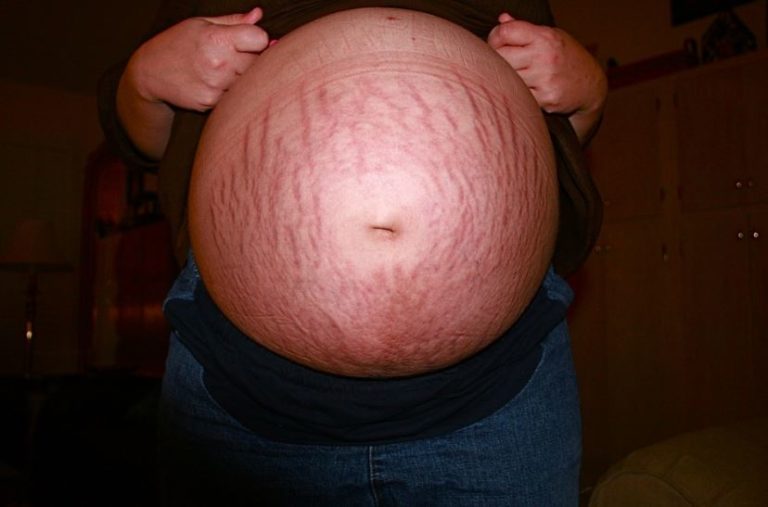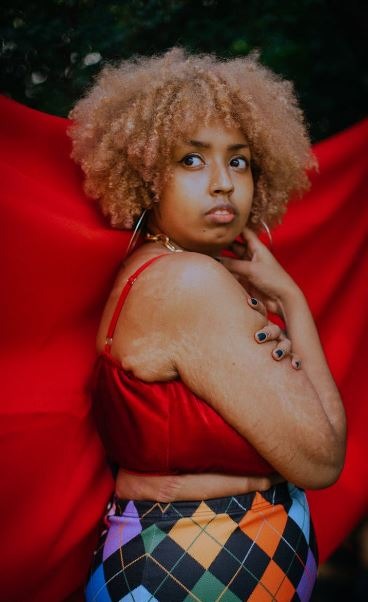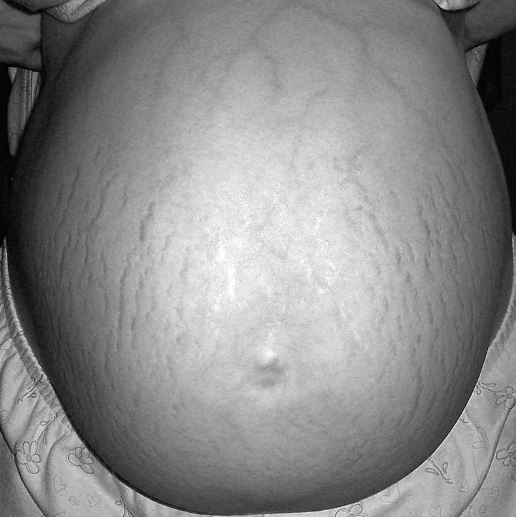Introduction
Stretch marks are a skin problem that most people have to deal with at some stage in their lives. The fact is that stretch marks can happen to anyone, no matter their lifestyle or age. Stretch marks are the result of tearing of skin during enlargement or shrinking of the body, typically as a result of rapid weight gain or loss.
In some instances, they can even be hereditary or genetic. The key to dealing with stretch marks is finding something that works for you.
If you are one of those who have stretch marks, we have put together some of the best tips that can help. They may not erase them completely, but they will greatly improve your appearance and self-confidence.
How do Stretch Marks Form?
The most common theory is that the skin is stretched too fast for it to get thicker and/or for new collagen to be created. Because stretch marks happen quickly, you will see them in growing children, teenagers, and pregnant women.
If you want to give a beautiful gift to someone who has become a new mom, you should check out our blog on gifts for new mom.
Many people believe that stretch marks are hereditary, but genetics only play a small role in their development because other factors, such as diet and exercise habits, play a bigger role. They are more common among women than men, and they tend to affect people with fair skin more often than those with dark skin.
Symptoms and Signs of Stretch Marks
The most apparent symptom of stretch marks is, well, stretch marks themselves! Other symptoms include:
- Redness
- Itching
- Burning sensations
- A tingling sensation like pins-and-needles or numbness
If you’re noticing these symptoms, call your doctor right away so you can get proper treatment and avoid further complications! You can also follow the following tips.
Tips to Prevent Stretch Marks
1. Using Creams That Contain Retinol or Glycolic Acid
You can help prevent stretch marks from forming using creams containing retinol or glycolic acid. Retinol is a type of vitamin A and can be found in over-the-counter acne treatments and prescription retinoids. Glycolic acid is an alpha hydroxy acid (AHA) and is found in many exfoliating products such as face masks and scrubs.
Retinol encourages the production of new collagen, which helps keep your existing collagen strong and healthy as you gain weight or change your body suddenly.
Glycolic acid increases the skin cell turnover rate, which helps eliminate dead skin cells that could cause stretch marks.
2. Using Moisturizing Creams before Bed and After Showering
You can reduce the appearance of stretch marks by moisturizing well and often. Use a thick moisturizer like petroleum jelly on your problem areas before bed and after showering. If you have sensitive skin, try a lotion or gel-based product instead.
In addition to keeping your skin moisturized, be sure to drink plenty of water to help keep your body hydrated while it’s stretching out. This will also help prevent further damage to your skin.
3. Using Aloe Vera to Help Prevent Moisture Loss
Moisturizing is the most basic way to help prevent stretch marks from forming and keep your skin looking healthy and hydrated. Aloe Vera is great for this because it contains alpha-hydroxy acids and antioxidants, which will help exfoliate your skin and remove dead cells. This will make your skin look healthier and keep it moisturized.
Applying an aloe vera gel directly to the affected area twice a day may reduce the appearance of existing stretch marks. However, make sure to choose an unscented version of this gel for sensitive areas like your underarms or bikini line.
4. Apply Vitamin E Cream or Oil to the Affected Area
If you’re feeling brave enough to try a DIY option, you could experiment with vitamin E oil or cream on the affected area. A lot of people swear by this method as a way of improving skin elasticity and getting rid of stretch marks altogether.
Vitamin E can penetrate deep into the dermal layer to smooth your skin and reduce stretch marks and scars. It’s also great for treating acne scars and other blemishes caused by hormonal imbalances in your body.
5. Opt for a Nutrient-rich Diet
Eating a nutrient-rich diet will help improve the look and feel of your skin, reduce stretch marks, and even aid in preventing them from becoming more severe. To be nutrient-rich, try to eat best foods for skin health, including:
- Fruits and vegetables are rich sources of antioxidants and vitamins that can improve elasticity, blood flow, and the health of skin cells. Fruits like blueberries, bananas, kiwis, and mangos are high in vitamin C. For vegetables, try spinach, carrots, peppers, or tomatoes.
- Fish, beans, or chicken also contain protein that can help reduce inflammation and tighten loose skin.
6. It is Important to Take Action Right When Stretch Marks Appear
Use an anti-stretch mark cream for fresh stretch marks (red and pink stripes). You can find these over-the-counter or online.
Olive oil is also an excellent treatment for fresh stretch marks. It’s known for its ability to improve skin elasticity and tone.
If you still don’t find luck after following the tips we mentioned above, you might want to go for medical treatments for stretch marks. Following are some you can try:
1. Laser Therapy
Laser therapy is the best way to get rid of stretch marks. Laser therapy works by penetrating through your skin to the deeper layer of tissue below. The laser triggers collagen production in your body, which will help tighten up your skin and reduce the appearance of stretch marks.
While many home remedies claim they can heal stretch marks, they won’t work as effectively as laser therapy.
2. Microneedling
Microneedling consists of a process in which tiny needles are used to create micro-perforations in the outer layer of skin using a handheld device. The punctures will cause the body to produce new collagen, which can help smooth out stretch marks. It’s important to note that even if microneedling reduces the appearance of stretch marks, it won’t make them disappear completely.
3. Radiofrequency Therapy
Using radiofrequency therapy for stretch marks involves delivering heat to your affected area over a period of time until the collagen underneath your skin begins to tighten up and the stretch marks fade away (research). This procedure is relatively quick, taking anywhere from 30 minutes to an hour, and it can be done in most areas of your body.
There’s little downtime involved, so you can go about your day with only mild redness showing on your skin in the immediate aftermath. Most patients see results between three months and a year after undergoing this procedure.
When to Seek a Dermatologist’s Help?
Many people seek a dermatologist’s help to treat stretch marks, but there are some signs that you should visit your dermatologist immediately. You may have a serious condition if:
- Your stretch marks are bumpy or look like red stripes
- Your stretch marks itch, hurt, or burn
- Your stretch marks appear on the middle of your back, chest, or abdomen
- You have any other symptoms like fever, rash, or extreme weight loss
Talk to your doctor if:
- You have diabetes or pre-diabetes, and you want to start exercising more and eating healthier foods.
- You’re pregnant and worried about stretch marks.
Conclusion
Stretch marks are more common than most people think. Since they are so prevalent and visible, you can find yourself hating the way they look, considering they are unsightly. Stretch marks may also cause you to feel self-conscious whenever you take your clothes off in front of someone. However, by following the tips listed above, you can deal with stretch marks in the best way possible.



